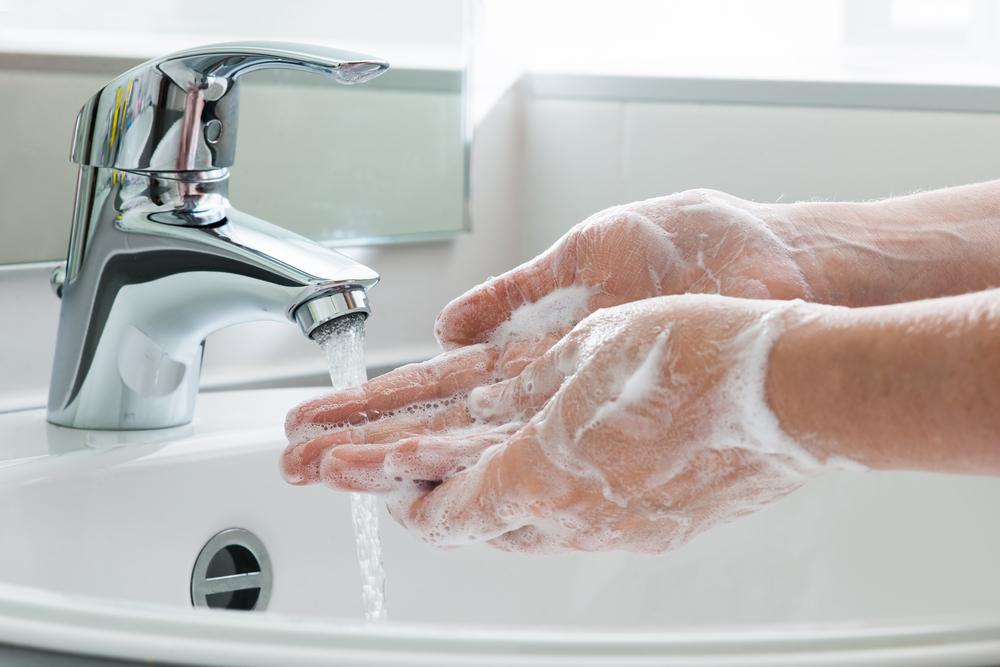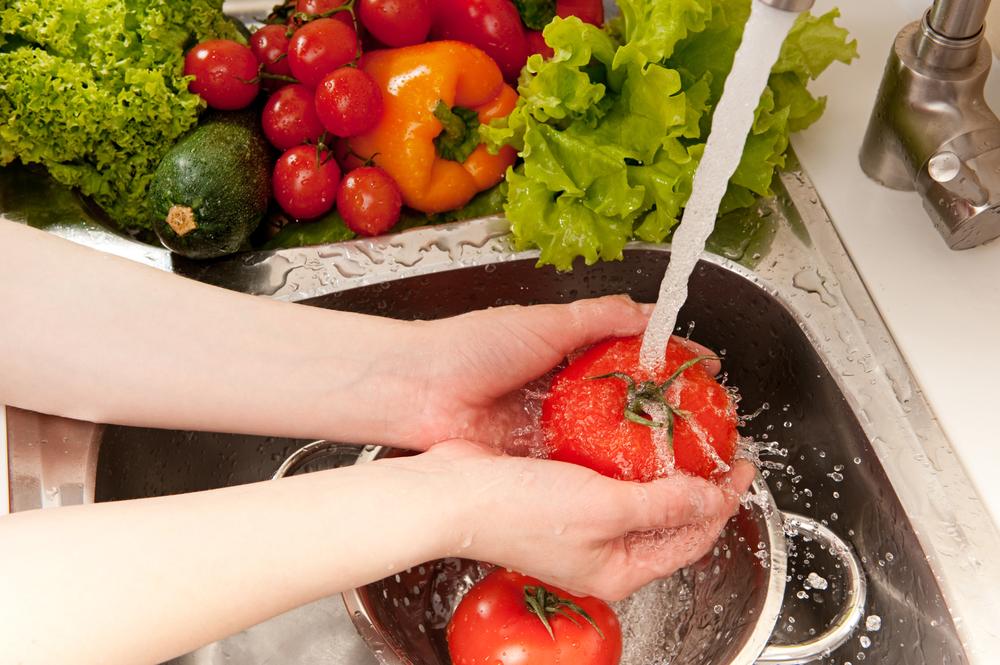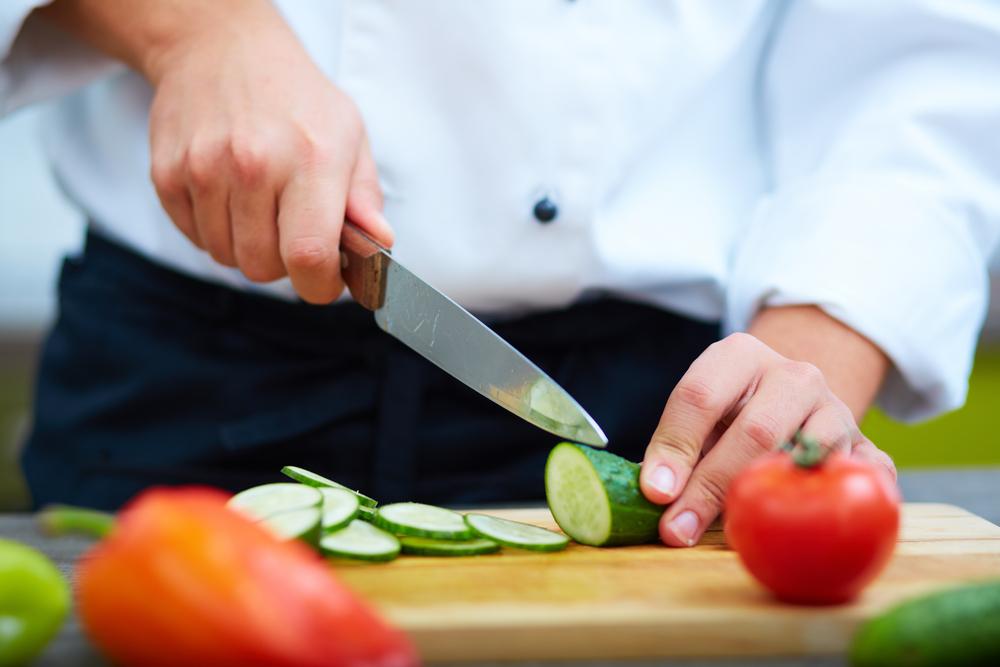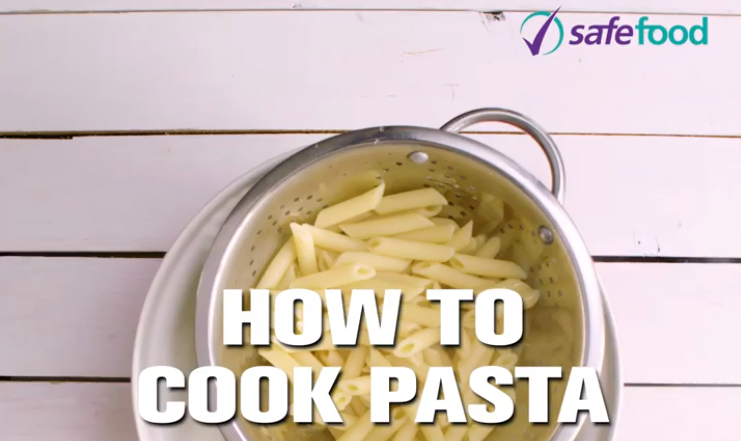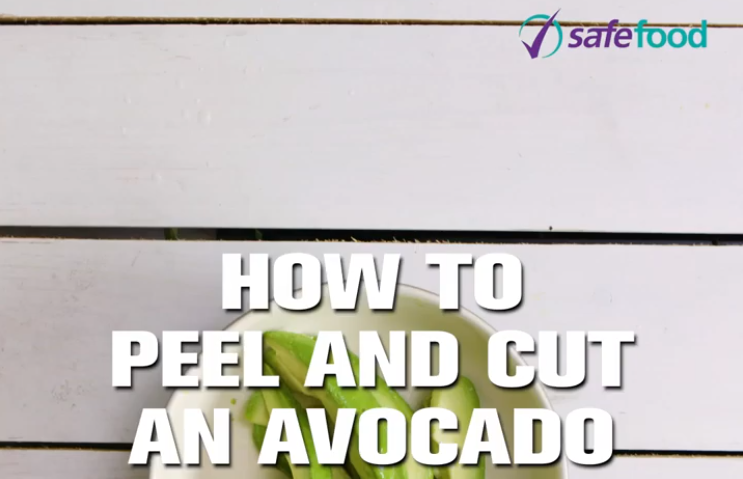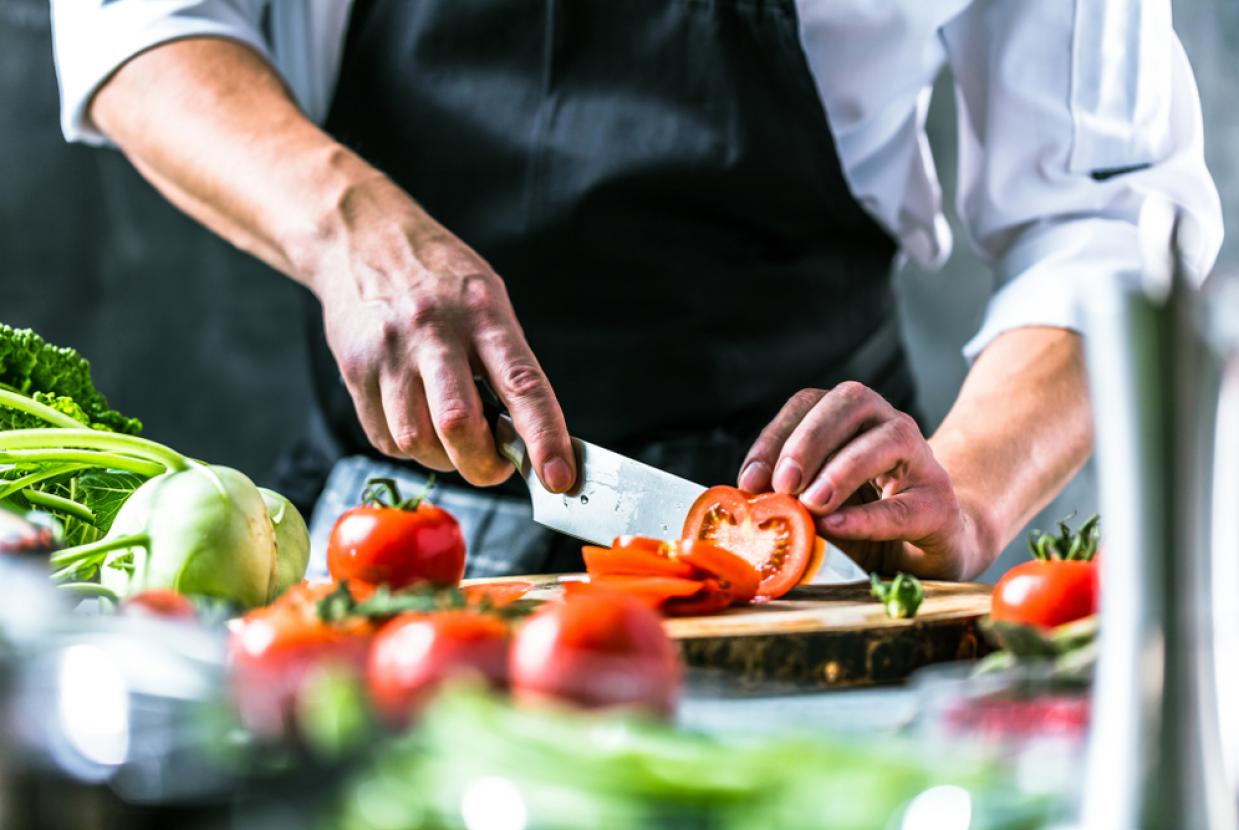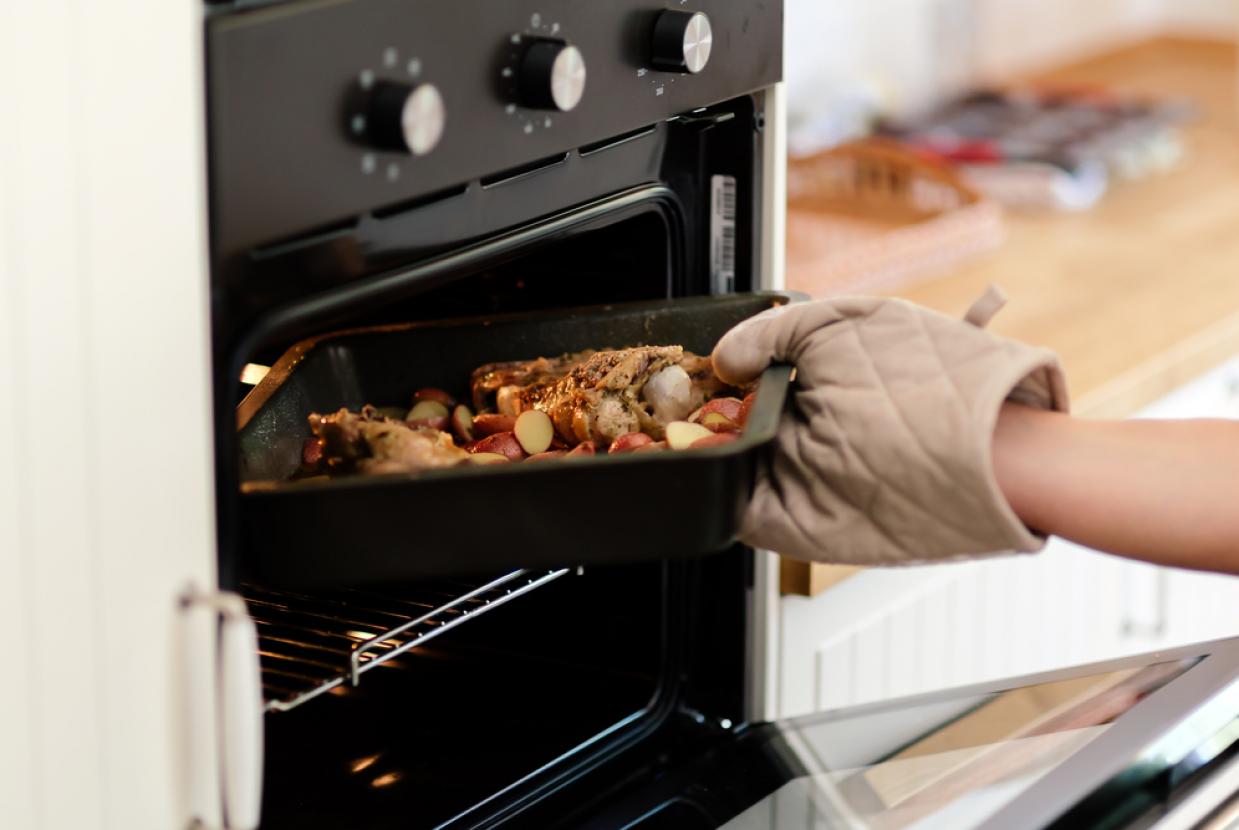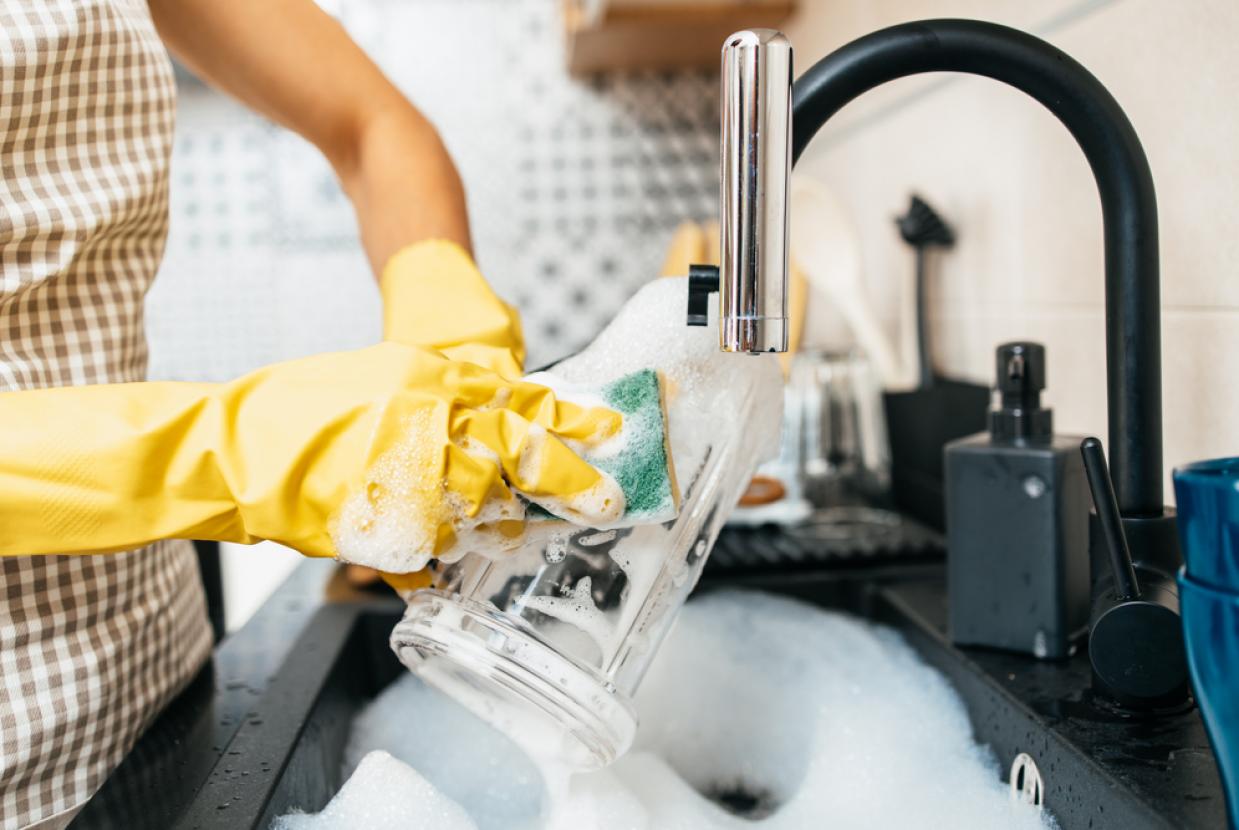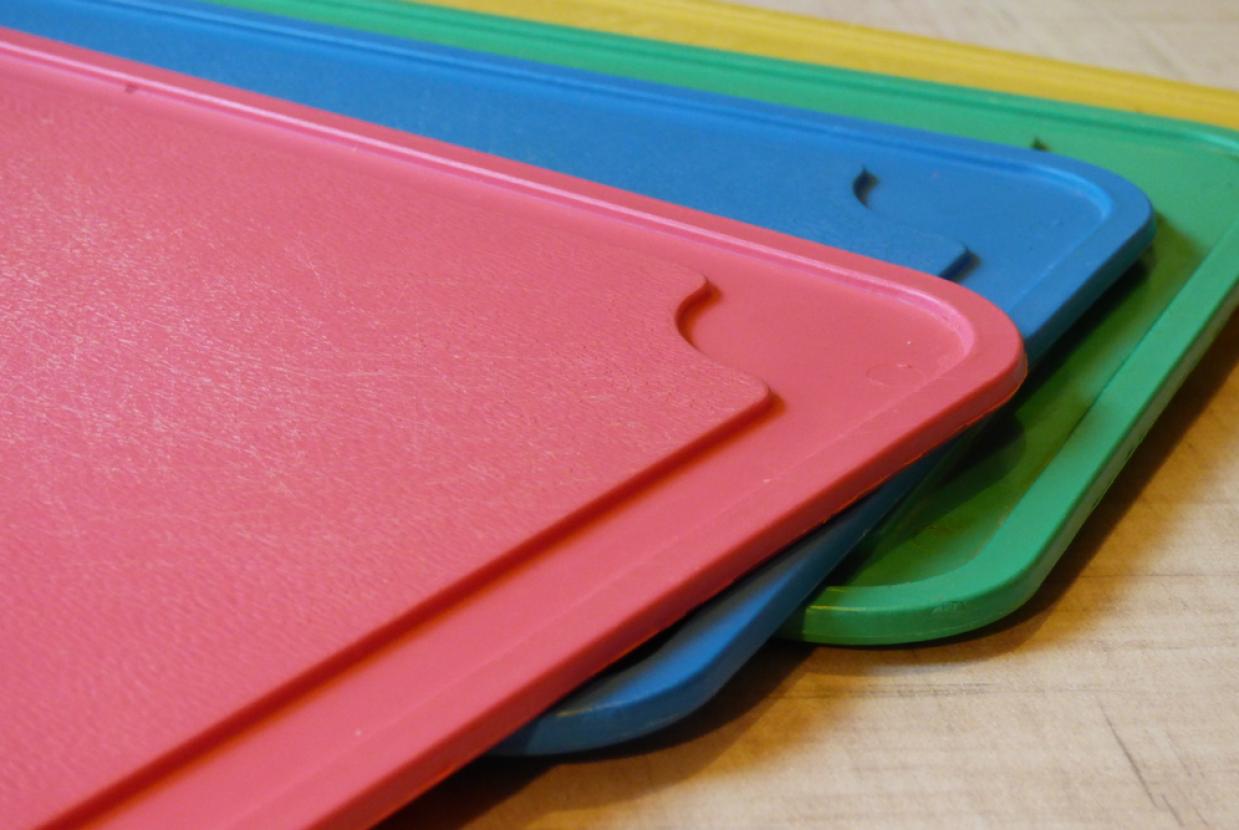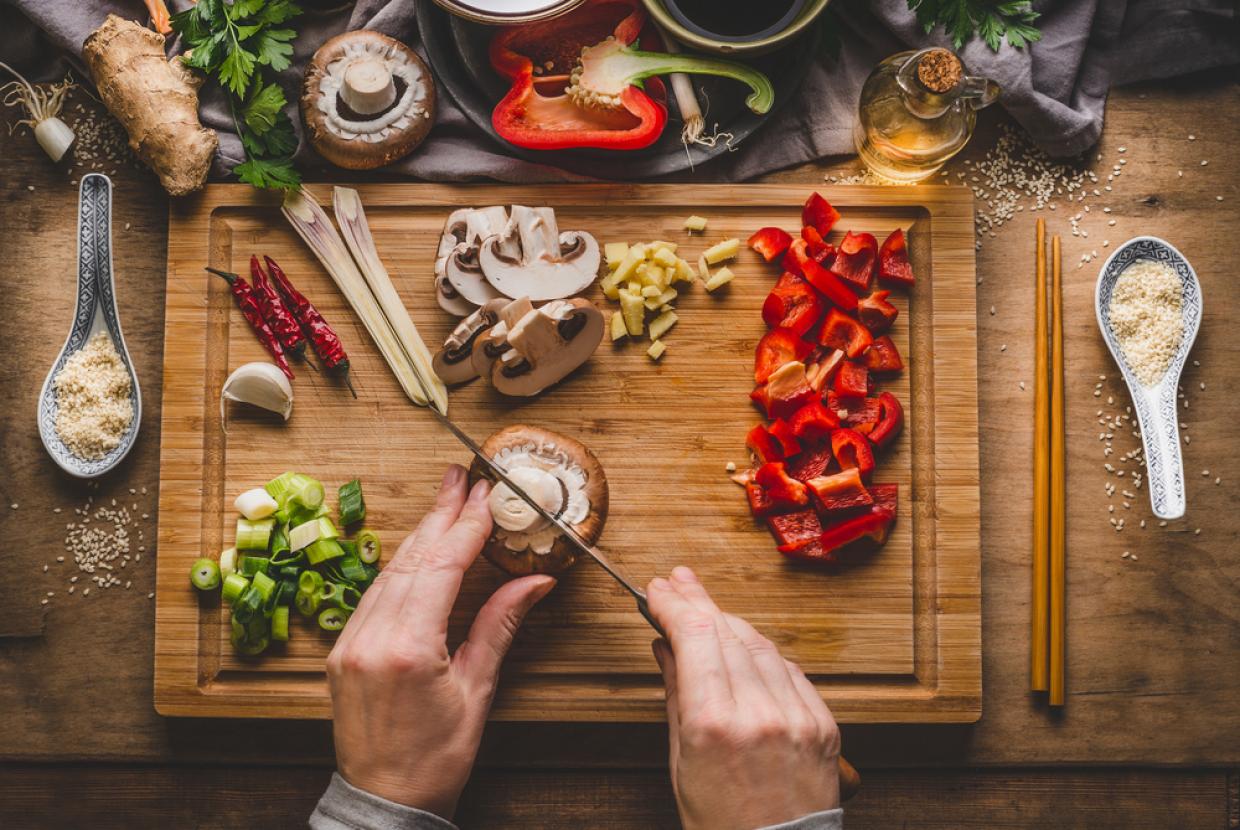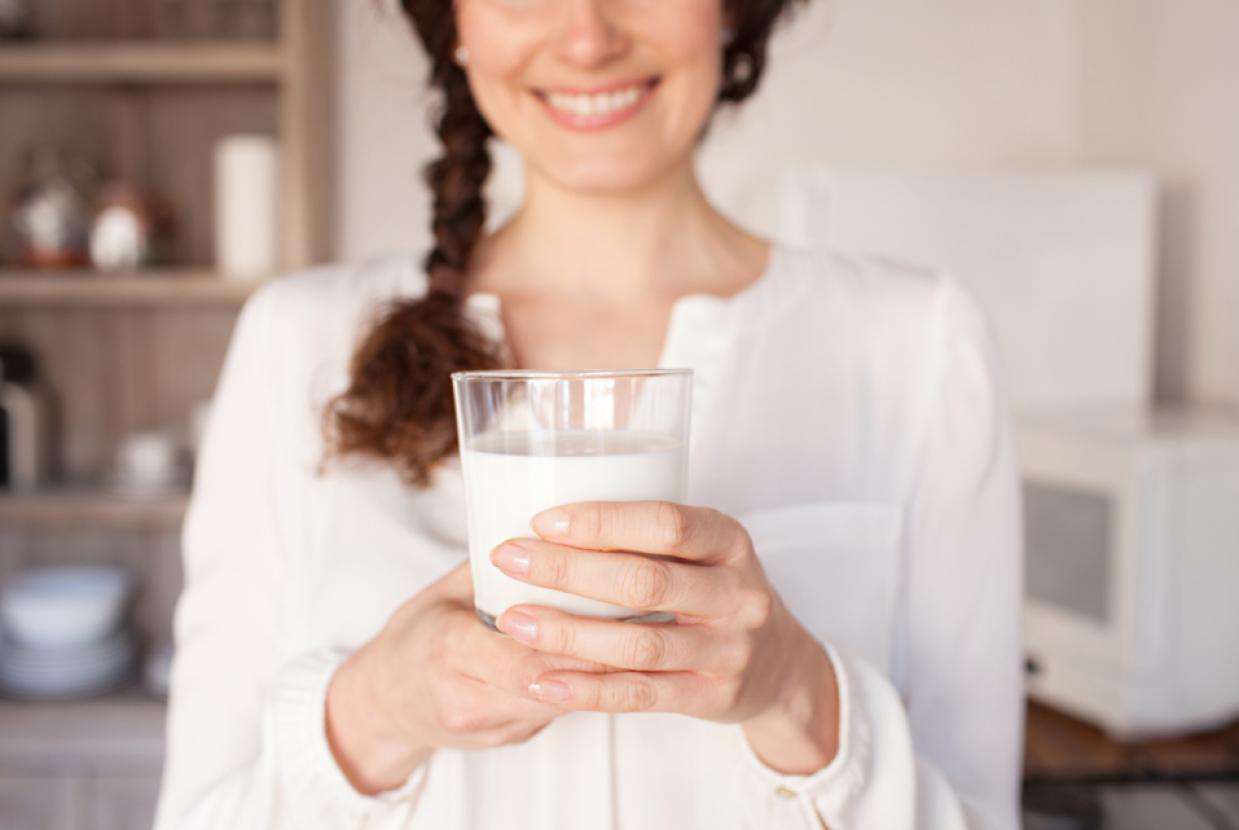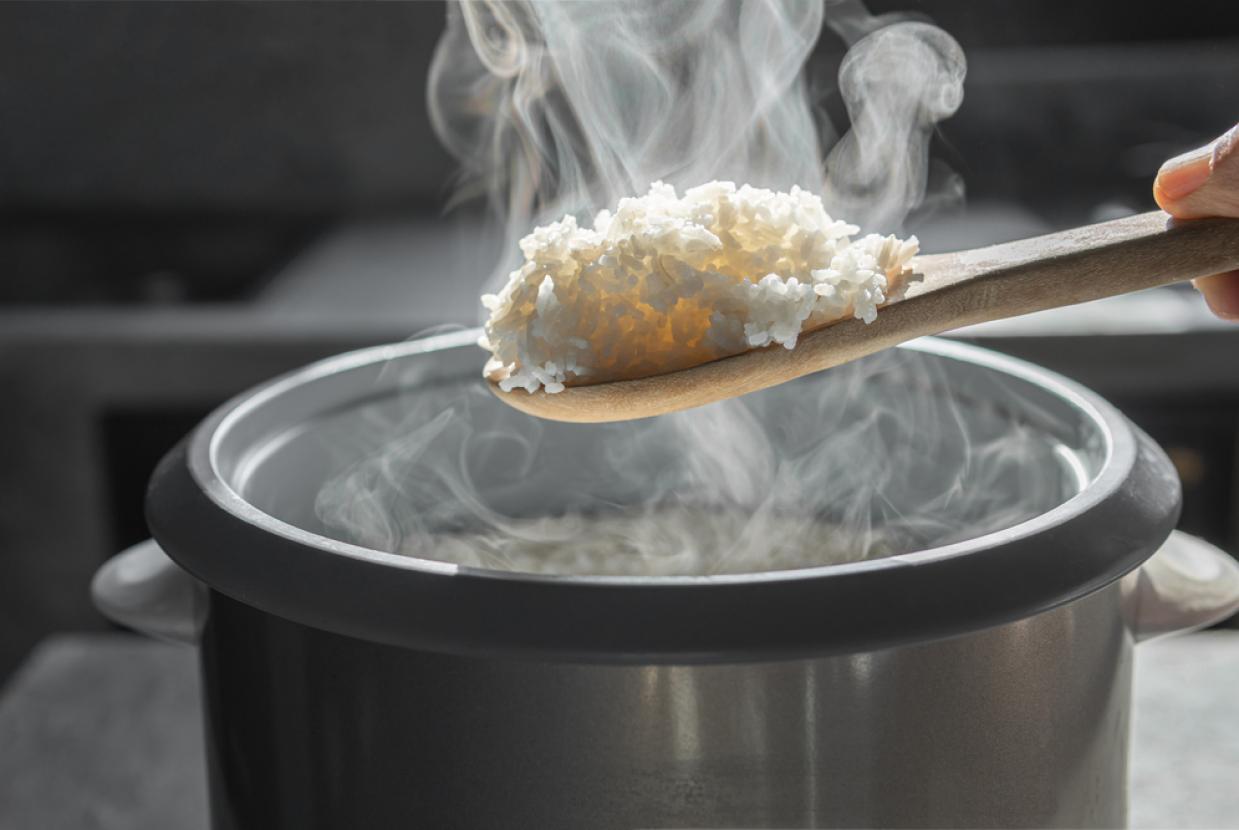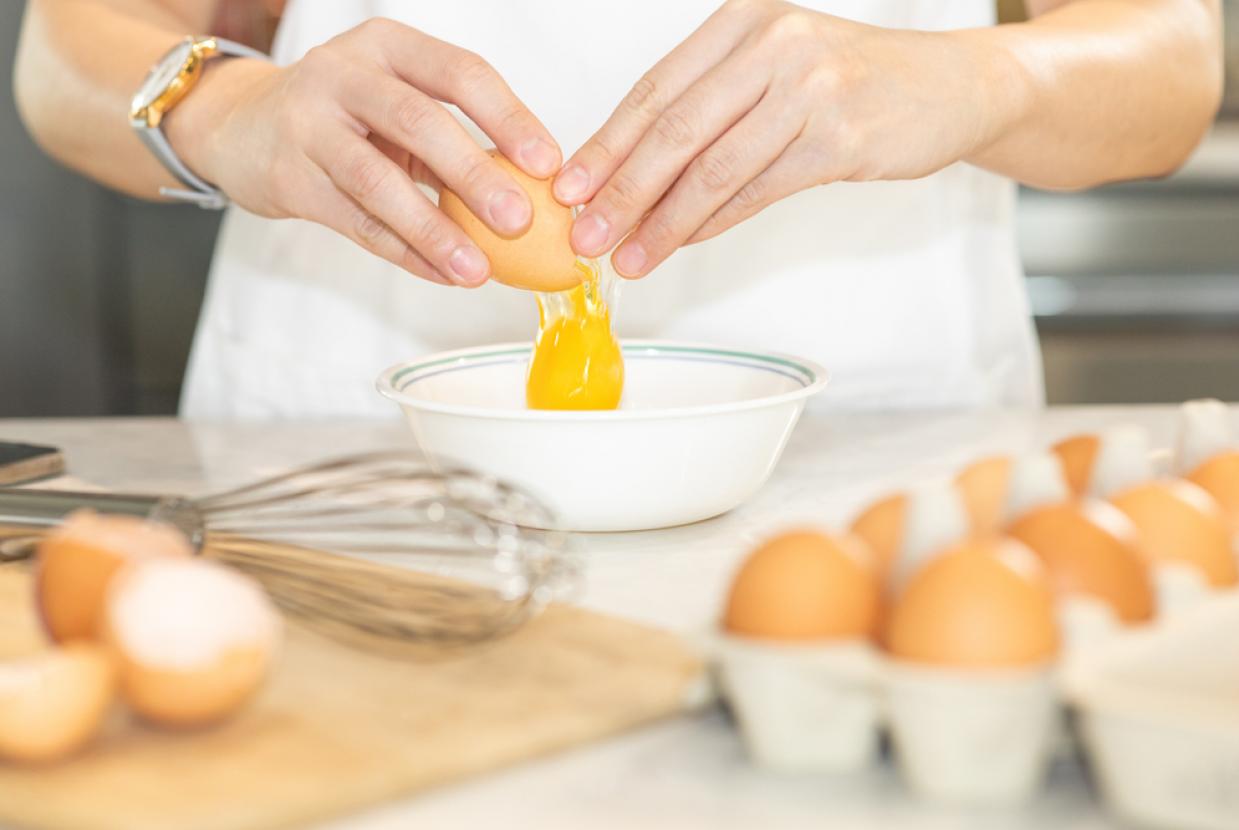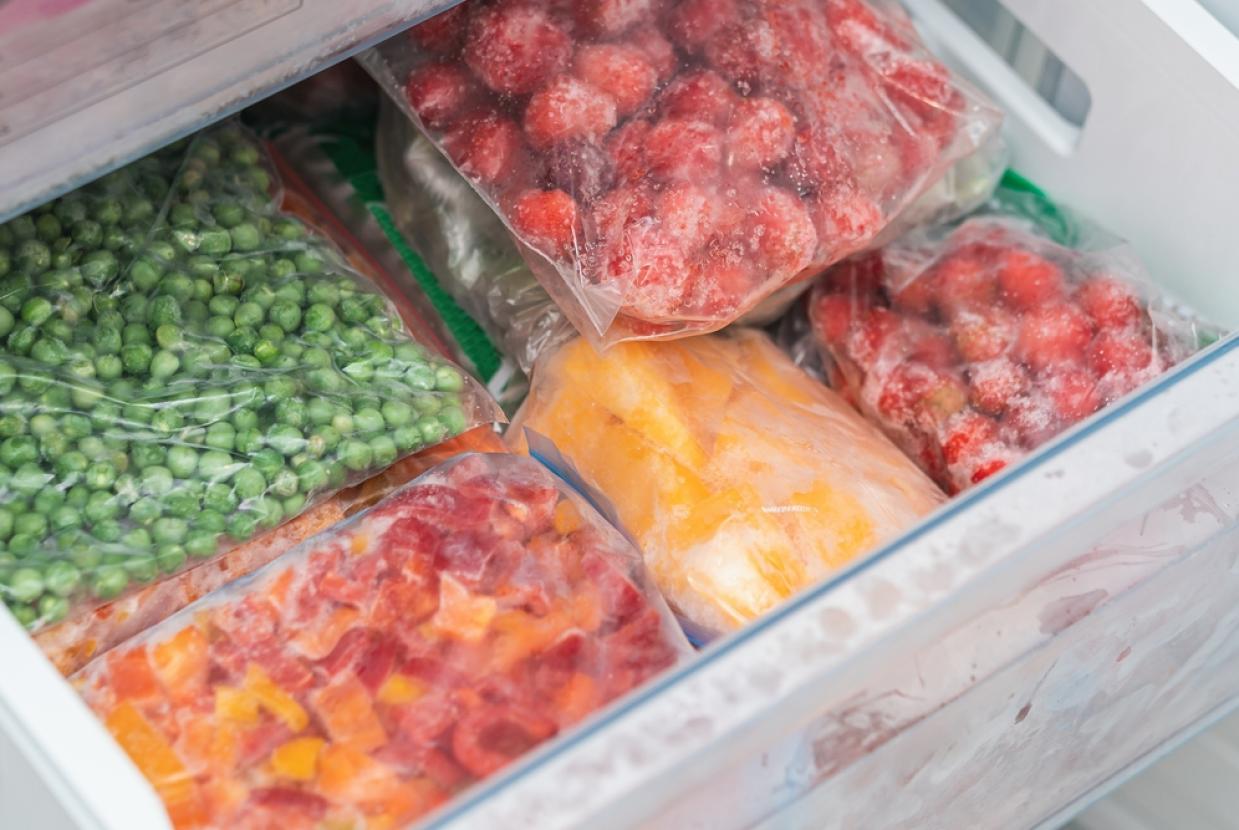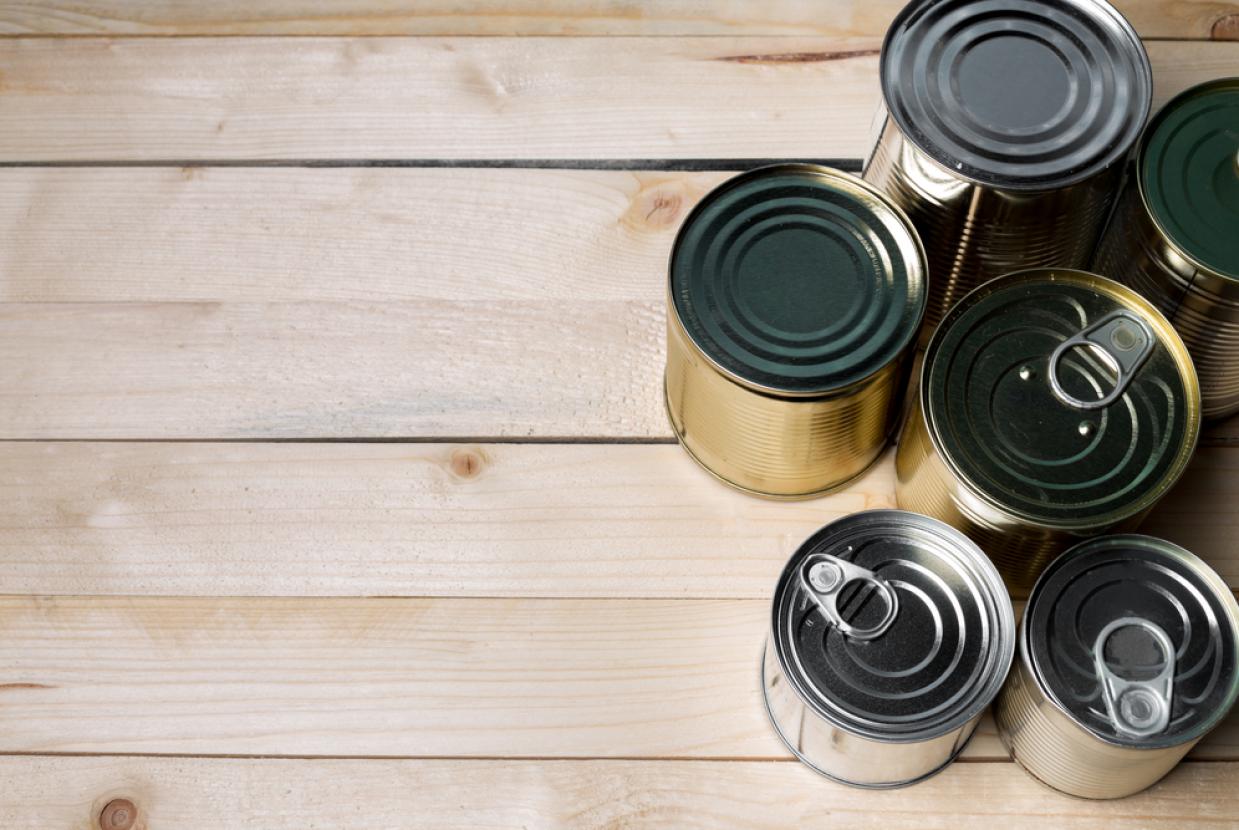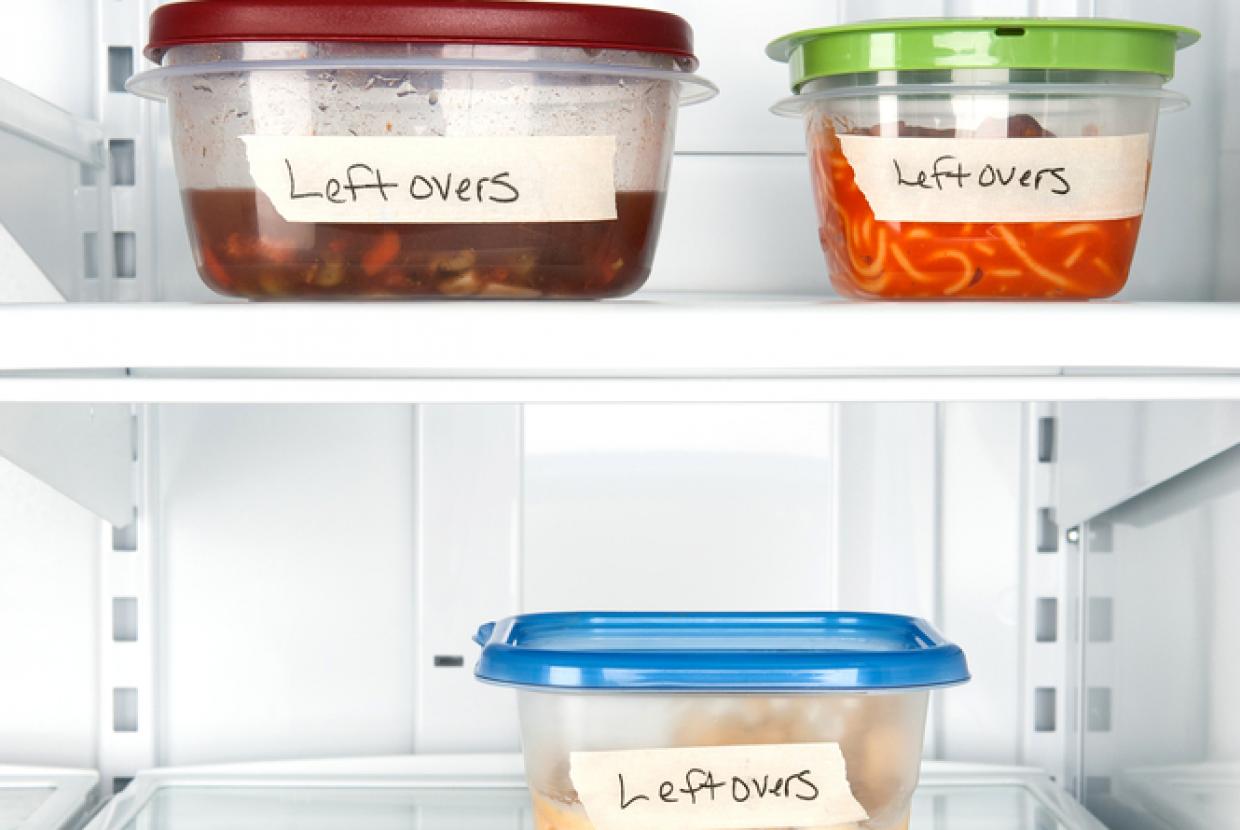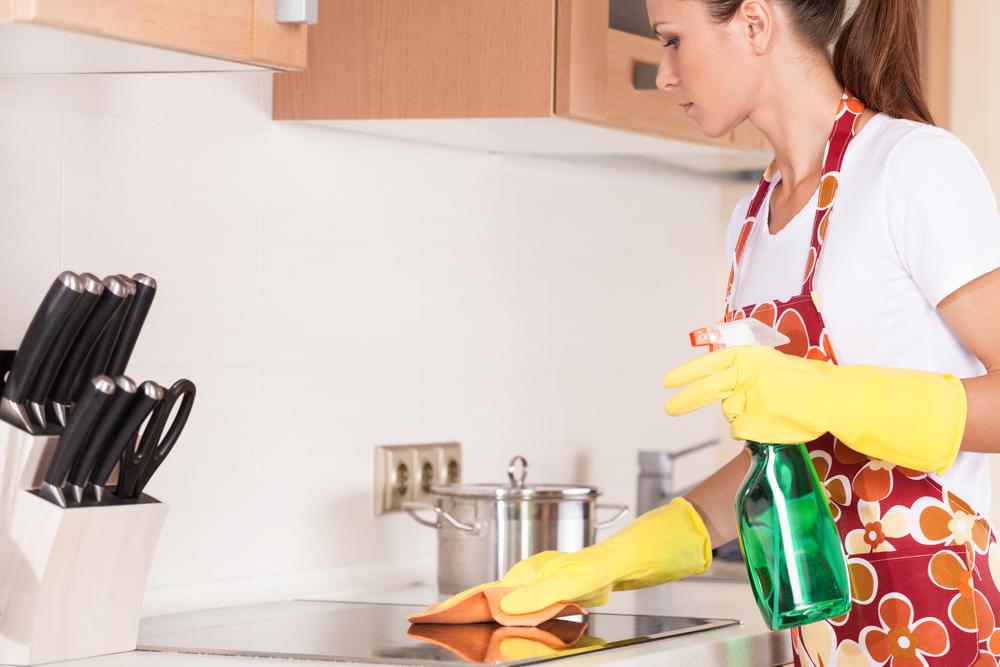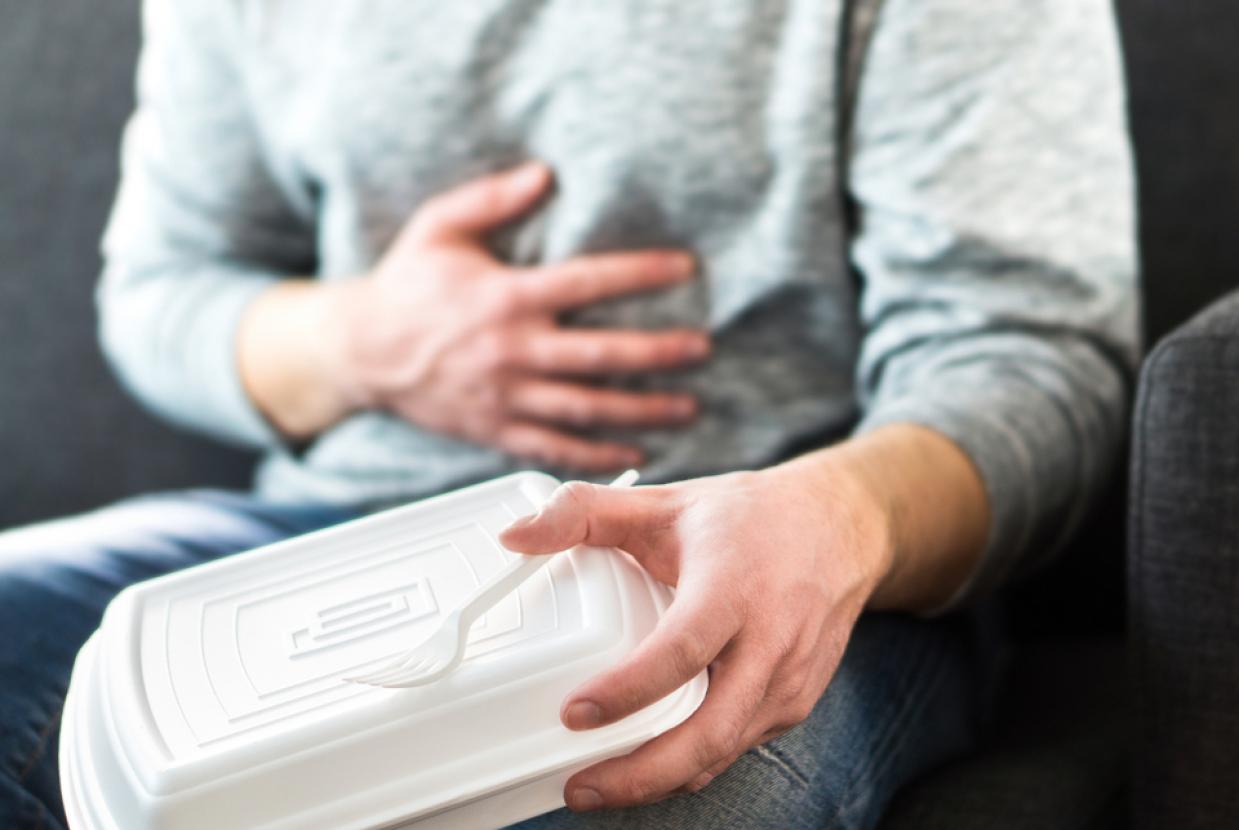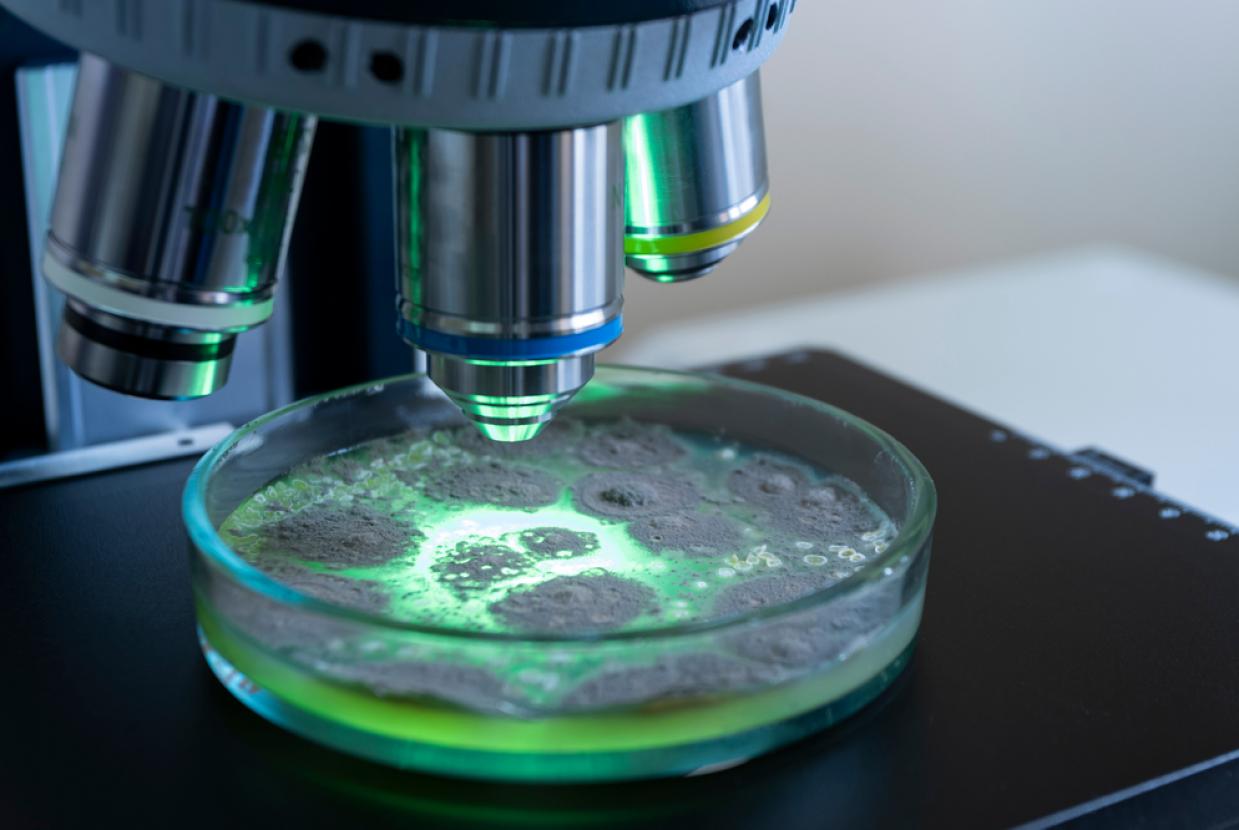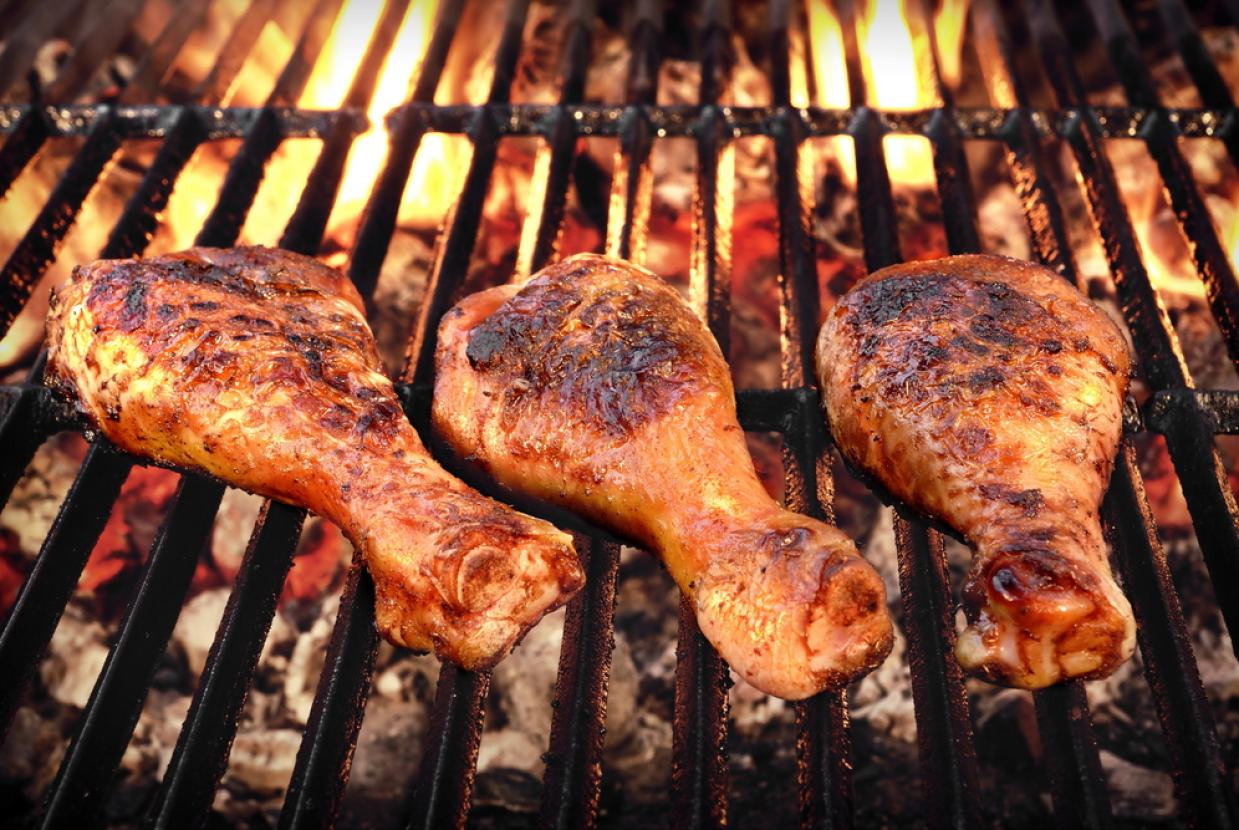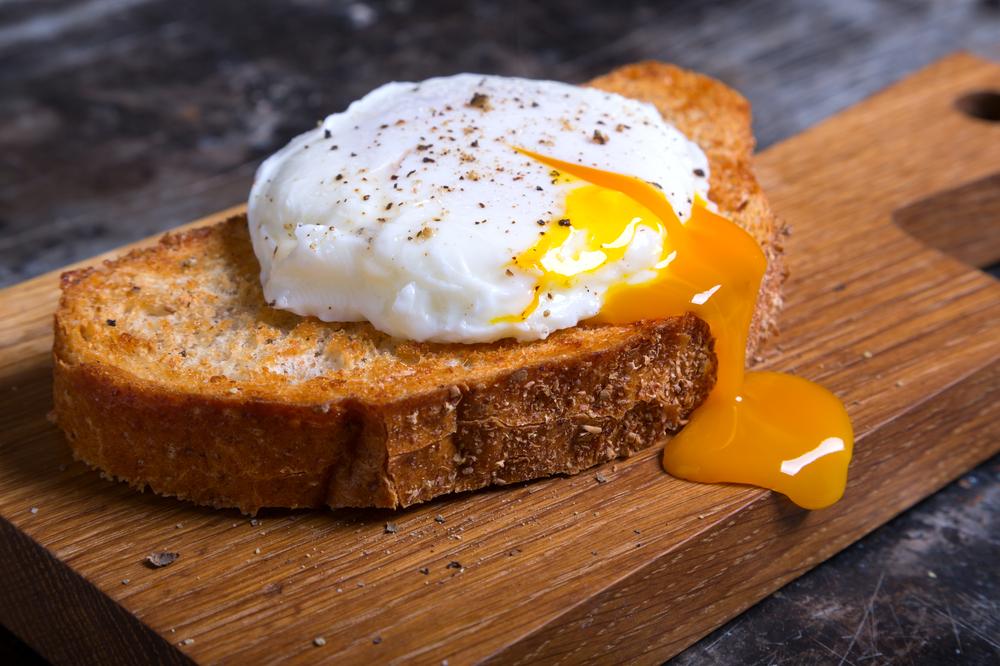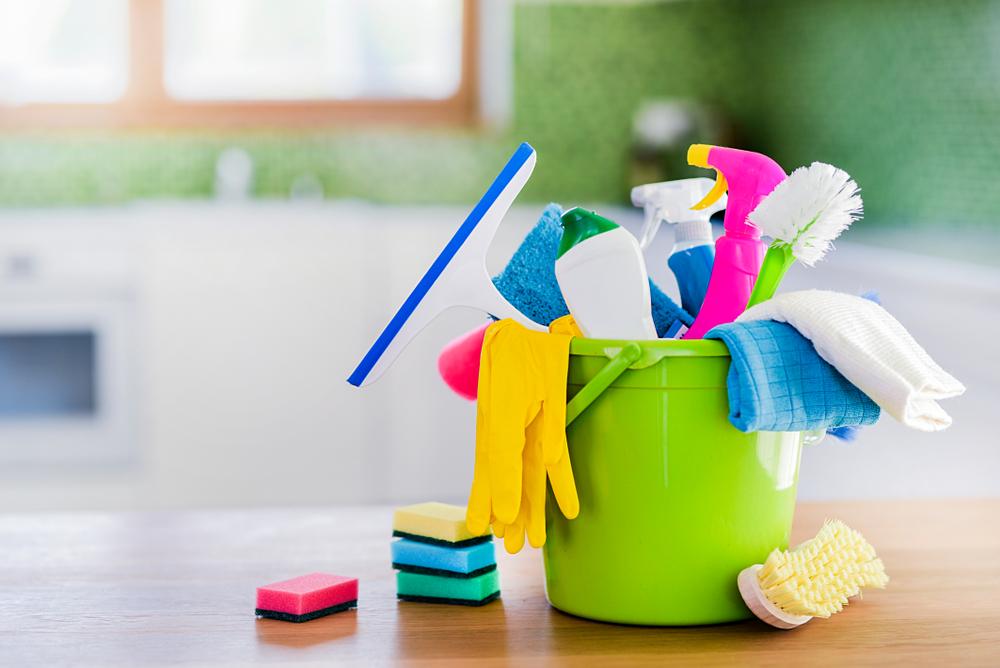Top food safety tips for barbecues
Food SafetyJust because you’re cooking outdoors, don’t let your good habits in the kitchen go up in smoke when you light the barbecue.
Here are some top food safety tips from safefood
Before you get grilling
- If this is your first time barbecuing this year, give your grill a good clean.
- Scrub the metal rack with an oven cleaner or a damp brush dipped in bread soda.
- Rinse it well with hot, soapy water afterwards.
Keep your cool
- Food is out of your fridge for longer when you are cooking and eating outdoors. This can lead to harmful bacteria multiplying quickly.
- Keep perishable foods like salads, coleslaw and quiche in the fridge until you need them.
Before you start cooking
- Make sure frozen foods are fully thawed before you start cooking them. The best way to do this is to take them out of the freezer the night before and defrost them on the bottom shelf of the fridge.
- Keep foods you plan to cook properly chilled in the fridge or a cool box until you need it.
- Light your barbecue well in advance. For charcoal barbecues, the flames should have died down before you start cooking.
It’s in your hands
- Wash your hands before and after handling food.
- Keep raw meat separate from cooked meat and ready-to-eat foods like salads.
- Always use separate utensils for handling raw and cooked meat when cooking.
- Never put cooked food on a dish that has been used for raw meat or poultry.
- Keep food covered whenever possible.
Cook with confidence
The big issue when barbecuing is making sure your food has been cooked thoroughly, all the way through.
This is particularly important when cooking poultry, pork, minced and skewered meats, such as burgers, sausages and kebabs on the barbecue. While the outside may look cooked (and in some cases burnt), the inside can still be raw.
If you’re cooking for lots of people, you can pre-cook meat in your kitchen oven just before you put it on the barbecue for flavour.
How to know it’s cooked
Turn the food regularly and move it around the grill to ensure it is cooked evenly on all sides. For meats that need to be cooked all the way through, cut into the centre of them to check that:
- They are piping hot all the way through
- There is no pink meat left
- The juices run clear
If you have a meat thermometer you can check the meat is safe to eat by inserting a clean thermometer probe into the thickest part of the meat or poultry and checking the temperature at has reached 75ºC.
Steaks or whole joints of beef or lamb can be served rare as long as they are cooked on the outside. Any harmful bacteria will be on the outside only, and not in the centre.
Mind the marinade
Make sure any marinade used on raw meat is not then used as a sauce to coat vegetables or cooked meat. It will contain raw meat bacteria!
If you want to use marinade as a sauce, cook it in a saucepan and bring it to a rolling boil before serving it.
Using leftovers
- If you have any leftovers, don't leave them outside. They could be in the sun and insects and animals could get at them.
- As with all leftovers, cover them and allow them to cool down in a cool place (your kitchen).
- Put them in the fridge within two hours of cooking them and use them within three days.
- If you’re reheating leftovers, reheat them only once until piping hot.
- If in doubt, throw them out.







